Shoes on the Danube Bank
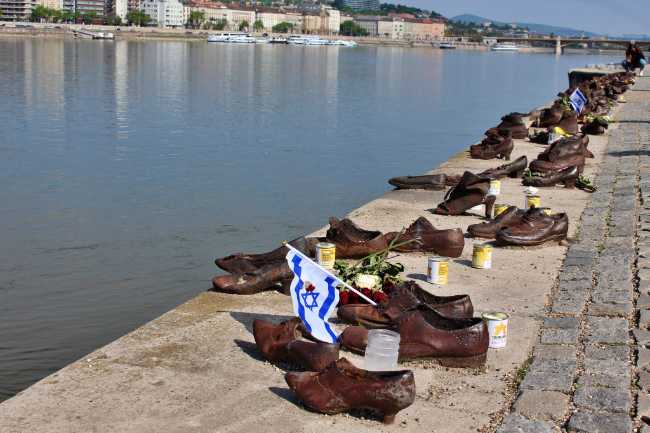
The Shoes on the Danube Bank is a profoundly moving memorial on the Pest side of Budapest, created in 2005 by film director Can Togay and sculptor Gyula Pauer to honor the memory of Hungarian Jews murdered by the fascist Arrow Cross Party during World War II. The memorial consists of sixty pairs of iron shoes—men’s boots, women’s heels, and children’s footwear—scattered along the riverbank, evoking the victims who were ordered to remove their shoes before being shot into the Danube so their bodies would be carried away by the current. The shoes, modeled after 1940s styles, personalize the tragedy and highlight the diversity of those lost, making the horror immediate and tangible. The site is marked by cast iron plaques in Hungarian, English, and Hebrew, dedicating the memorial to the victims of the 1944–45 Arrow Cross terror. Its location, just south of the Parliament, was chosen for its historical significance, as thousands of Jews were executed along this stretch of the river during the winter of 1944–45. Today, the Shoes on the Danube Bank stands as a place of reflection, remembrance, and a stark reminder of the atrocities of the Holocaust in Hungary.
Budapest HungaryThe Shoes on the Danube Bank is a poignant memorial located in Budapest, Hungary, along the Danube Promenade (Duna-korzó) near the Hungarian Parliament Building. This powerful tribute commemorates the Jews who were killed by fascist Arrow Cross militiamen during World War II. Nearby attractions include the stunning Hungarian Parliament Building, St. Stephen's Basilica, and Szabadság Square. Visitors can also walk to the Danube River and take in the scenic views of the city. The memorial features 60 pairs of cast iron shoes, each representing a victim, and serves as a reminder of the atrocities committed during the war. It's a somber and thought-provoking spot that honors the memories of those who lost their lives.
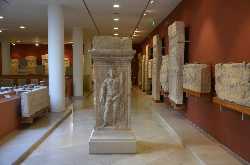 Hungarian National Museum
Budapest
Hungarian National Museum
Budapest
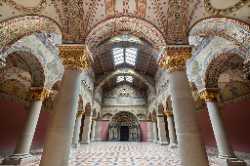 Museum of Fine Arts Budapest
Budapest
Museum of Fine Arts Budapest
Budapest
 Hungarian National Gallery
Budapest
Hungarian National Gallery
Budapest
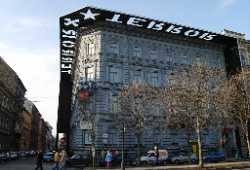 House of Terror Museum
Budapest
House of Terror Museum
Budapest
 Ludwig Museum of Contemporary Art
Budapest
Ludwig Museum of Contemporary Art
Budapest
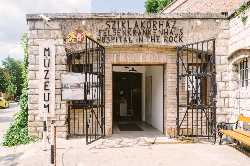 Hospital in the Rock Museum
Budapest
Hospital in the Rock Museum
Budapest
 Műcsarnok
Budapest
Műcsarnok
Budapest
 Ernst Museum
Budapest
Ernst Museum
Budapest
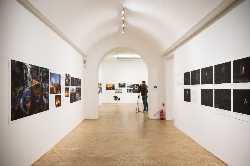 Robert Capa Contemporary Photography Center
Budapest
Robert Capa Contemporary Photography Center
Budapest
 Buda Castle
Budapest
Buda Castle
Budapest
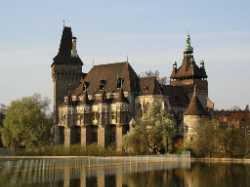 Vajdahunyad Castle
Budapest
Vajdahunyad Castle
Budapest
 Szabadság Square
Budapest
Szabadság Square
Budapest
 Parliament Building
Budapest
Parliament Building
Budapest
 Fisherman’s Bastion
Budapest
Fisherman’s Bastion
Budapest
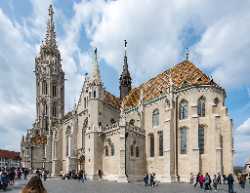 Matthias Church
Budapest
Matthias Church
Budapest
 St. Stephen’s Basilica
Budapest
St. Stephen’s Basilica
Budapest
 Heroes’ Square
Budapest
Heroes’ Square
Budapest
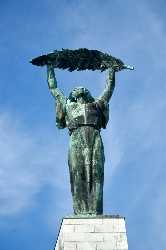 Liberty Statue Gellért Hill
Budapest
Liberty Statue Gellért Hill
Budapest
 City Park Városliget
Budapest
City Park Városliget
Budapest
 Margaret Island
Budapest
Margaret Island
Budapest
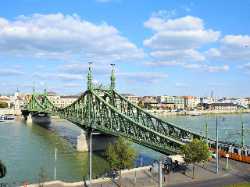 Liberty Bridge
Budapest
Liberty Bridge
Budapest
 Budapest Botanical Garden
Budapest
Budapest Botanical Garden
Budapest
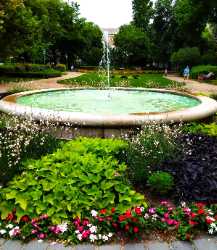 Károlyi Garden
Budapest
Károlyi Garden
Budapest
 Vörösmarty Square
Budapest
Vörösmarty Square
Budapest
 Széchenyi Chain Bridge
Budapest
Széchenyi Chain Bridge
Budapest
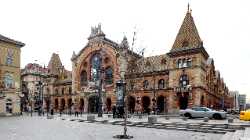 Great Market Hall
Budapest
Great Market Hall
Budapest
 Lehel Market
Budapest
Lehel Market
Budapest
 Széchenyi Thermal Bath
Budapest
Széchenyi Thermal Bath
Budapest
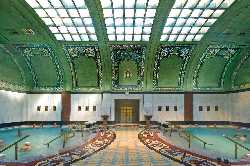 Gellért Baths
Budapest
Gellért Baths
Budapest
 Rudas Baths
Budapest
Rudas Baths
Budapest
 Margaret Bridge
Budapest
Margaret Bridge
Budapest
 Hungarian State Opera House
Budapest
Hungarian State Opera House
Budapest
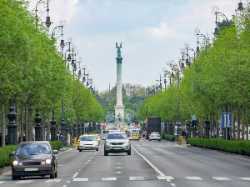 Andrássy Avenue
Budapest
Andrássy Avenue
Budapest
 Dohány Street Synagogue
Budapest
Dohány Street Synagogue
Budapest
 Memento Park
Budapest
Memento Park
Budapest
 Bálna Budapest
Budapest
Bálna Budapest
Budapest
 Ruin Bars
Budapest
Ruin Bars
Budapest
 Castle Garden Bazaar
Budapest
Castle Garden Bazaar
Budapest
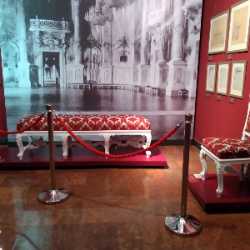 Budapest History Museum
Budapest
Budapest History Museum
Budapest
 Hungarian Natural History Museum
Budapest
Hungarian Natural History Museum
Budapest
 Hungarian Ethnographic Museum
Budapest
Hungarian Ethnographic Museum
Budapest
 Kunsthalle Budapest
Budapest
Kunsthalle Budapest
Budapest
 Vasarely Museum
Budapest
Vasarely Museum
Budapest
 Kiscelli Museum
Budapest
Kiscelli Museum
Budapest
 Ferenc Hopp Museum of Asiatic Arts
Budapest
Ferenc Hopp Museum of Asiatic Arts
Budapest
 Mai Manó House
Budapest
Mai Manó House
Budapest
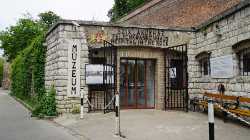 Hospital in the Rock Nuclear Bunker Museum
Budapest
Hospital in the Rock Nuclear Bunker Museum
Budapest
 House of Hungarian Music
Budapest
House of Hungarian Music
Budapest
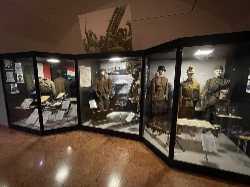 Museum of Military History
Budapest
Museum of Military History
Budapest
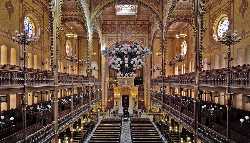 Hungarian Jewish Museum & Archives
Budapest
Hungarian Jewish Museum & Archives
Budapest
 Holocaust Memorial Center
Budapest
Holocaust Memorial Center
Budapest
 Flippermúzeum
Budapest
Flippermúzeum
Budapest
 Museum of Trade and Tourism
Budapest
Museum of Trade and Tourism
Budapest
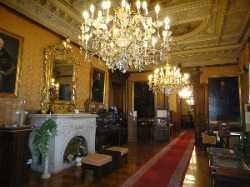 Budapest Postal Museum
Budapest
Budapest Postal Museum
Budapest
 Agricultural Museum
Budapest
Agricultural Museum
Budapest
 Technical and Transportation Museum
Budapest
Technical and Transportation Museum
Budapest
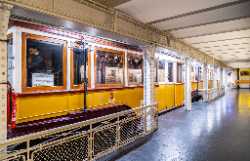 Underground Railway Museum
Budapest
Underground Railway Museum
Budapest
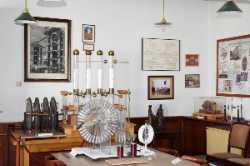 Museum of Electrical Engineering
Budapest
Museum of Electrical Engineering
Budapest
 Aeropark Aviation Museum
Budapest
Aeropark Aviation Museum
Budapest
 Szamos Chocolate Museum
Budapest
Szamos Chocolate Museum
Budapest
 Zwack Unicum Museum
Budapest
Zwack Unicum Museum
Budapest
 Museum of Sweets and Selfies
Budapest
Museum of Sweets and Selfies
Budapest
 Goldberger Collection of Textile Industry
Budapest
Goldberger Collection of Textile Industry
Budapest
 Godot Institute of Contemporary Art
Budapest
Godot Institute of Contemporary Art
Budapest
 Faur Zsófi Gallery
Budapest
Faur Zsófi Gallery
Budapest
 Deák17 Youth Art Gallery
Budapest
Deák17 Youth Art Gallery
Budapest
 New Budapest Gallery
Budapest
New Budapest Gallery
Budapest
 Várfok Gallery
Budapest
Várfok Gallery
Budapest
 Deák Erika Gallery
Budapest
Deák Erika Gallery
Budapest
 Kisterem Gallery
Budapest
Kisterem Gallery
Budapest
 Ani Molnár Gallery
Budapest
Ani Molnár Gallery
Budapest
 acb Gallery
Budapest
acb Gallery
Budapest
 Inda Gallery
Budapest
Inda Gallery
Budapest
 TOBE Gallery
Budapest
TOBE Gallery
Budapest
 ISBN books+gallery
Budapest
ISBN books+gallery
Budapest
 MissionArt Gallery
Budapest
MissionArt Gallery
Budapest
 Kahan Art Space
Budapest
Kahan Art Space
Budapest
 Trapéz Gallery
Budapest
Trapéz Gallery
Budapest
 VILTIN Gallery
Budapest
VILTIN Gallery
Budapest
 Konkoly Observatory
Budapest
Konkoly Observatory
Budapest
 Polaris Observatory
Budapest
Polaris Observatory
Budapest